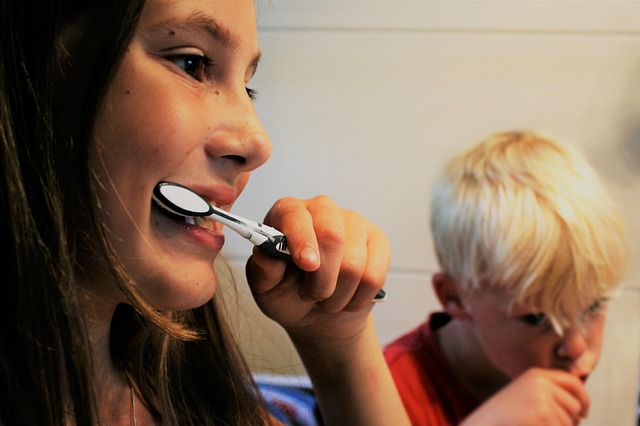Practical Oral Hygiene Routines for Sensitive Gingiva
Sensitive gingiva requires routines that reduce irritation while targeting plaque and biofilm control. Practical steps, gentle techniques, and timely diagnostics help manage inflammation and support healing without causing recession or further discomfort.

Sensitive gingiva benefits from a carefully paced oral hygiene routine that reduces irritation while controlling plaque and biofilm. Gentle, consistent care supports the local microbiome and limits inflammation that can progress toward periodontitis. This article outlines practical routines, what to expect from diagnostics, and how professional treatments such as scaling and rootplaning fit into a broader plan for healing and prevention.
Gingiva sensitivity and inflammation
Understanding why gingiva becomes sensitive is the first step to better hygiene. Sensitivity often accompanies inflammation, which can be triggered by plaque accumulation, aggressive brushing, or an imbalanced oral microbiome. Chronic inflammation can lead to deeper pockets and, in some cases, periodontitis. To reduce sensitivity, favor soft-bristled brushes and low-abrasive toothpaste, use gentle circular motions rather than scrubbing, and avoid vigorously rinsing immediately after brushing, which can disturb fragile tissues.
Managing plaque and biofilm effectively
Plaque and biofilm are communities of bacteria that adhere to teeth and gingiva. Mechanical removal remains the most reliable method to control them: twice-daily brushing and daily interdental cleaning are essential. For interdental areas, floss, interdental brushes, or water flossers can be selected based on comfort and contact with the gingiva. When biofilm persists despite home care, targeted antimicrobial rinses or professional debridement may be appropriate; however, these should be used under guidance to avoid upsetting the oral microbiome balance.
Microbiome balance and diagnostics
A balanced oral microbiome supports tissue health and reduces the risk of inflammation and disease progression. Diagnostics performed by a dental professional—such as periodontal charting, pocket depth measurements, and, when indicated, microbial testing—help identify shifts in the microbiome or early signs of periodontitis. Regular check-ups allow clinicians to tailor home care recommendations, monitor healing, and intervene with conservative treatments before deeper tissue damage occurs.
Scaling, rootplaning and professional care
Professional procedures like scaling and rootplaning remove hardened deposits and biofilm beneath the gumline and can be crucial when pockets form. These treatments reduce bacterial load and inflammation, promoting healing of the gingiva. Patients with sensitive tissues should discuss pain-management options and gentle technique with their clinician. Post-procedure care typically emphasizes softer brushing, optimized interdental cleaning, and attention to signs of healing or persistent inflammation.
Preventing recession and supporting healing
Recession can result from inflammation, aggressive home care, or anatomical factors. To protect the gingiva, maintain gentle technique, avoid tobacco, and minimize behaviors that stress tissues (for example, repetitive biting or using teeth as tools). Nutritional support and adequate hydration contribute to tissue healing. If recession is progressing or sensitivity is severe, dental professionals can assess whether surgical or non-surgical interventions are appropriate to stabilize tissue levels and promote long-term healing.
Practical daily hygiene routines
A practical daily routine for sensitive gingiva combines effectiveness with gentle technique. Recommended steps include: morning and evening brushing with a soft-bristled brush and non-abrasive toothpaste; daily interdental cleaning using floss or appropriately sized interdental brushes; optional antiseptic or fluoride rinses when advised by a clinician; and consistent monitoring for bleeding, swelling, or increased sensitivity. Adjust tools to individual comfort—some people find water flossers reduce discomfort, while others prefer traditional floss. Consistency and gentle pressure are more effective than forceful cleaning that risks further irritation.
This article is for informational purposes only and should not be considered medical advice. Please consult a qualified healthcare professional for personalized guidance and treatment.
Maintaining sensitive gingiva is a balance of effective plaque and biofilm control, preserving the oral microbiome, and protecting tissues from further trauma. Routine diagnostics and timely professional care—when indicated—help prevent progression to periodontitis and support long-term healing without unnecessary recession. Developing a personalized, gentle hygiene plan with a dental professional yields the most reliable results.






